Spain welcomes millions of visitors annually who flock to Barcelona’s architectural wonders, Madrid’s world-class museums, and the sun-drenched beaches of Costa del Sol. Yet beyond these well-trodden destinations lies another Spain—equally magnificent but refreshingly uncrowded.
The country’s vast and varied landscape harbors extraordinary places where authentic culture thrives far from tour buses and souvenir shops. Here is a list of 15 stunning corners of Spain that most tourists overlook, offering travelers unique experiences in places where local life continues uninterrupted by mass tourism.
Cabo de Gata, Andalucía
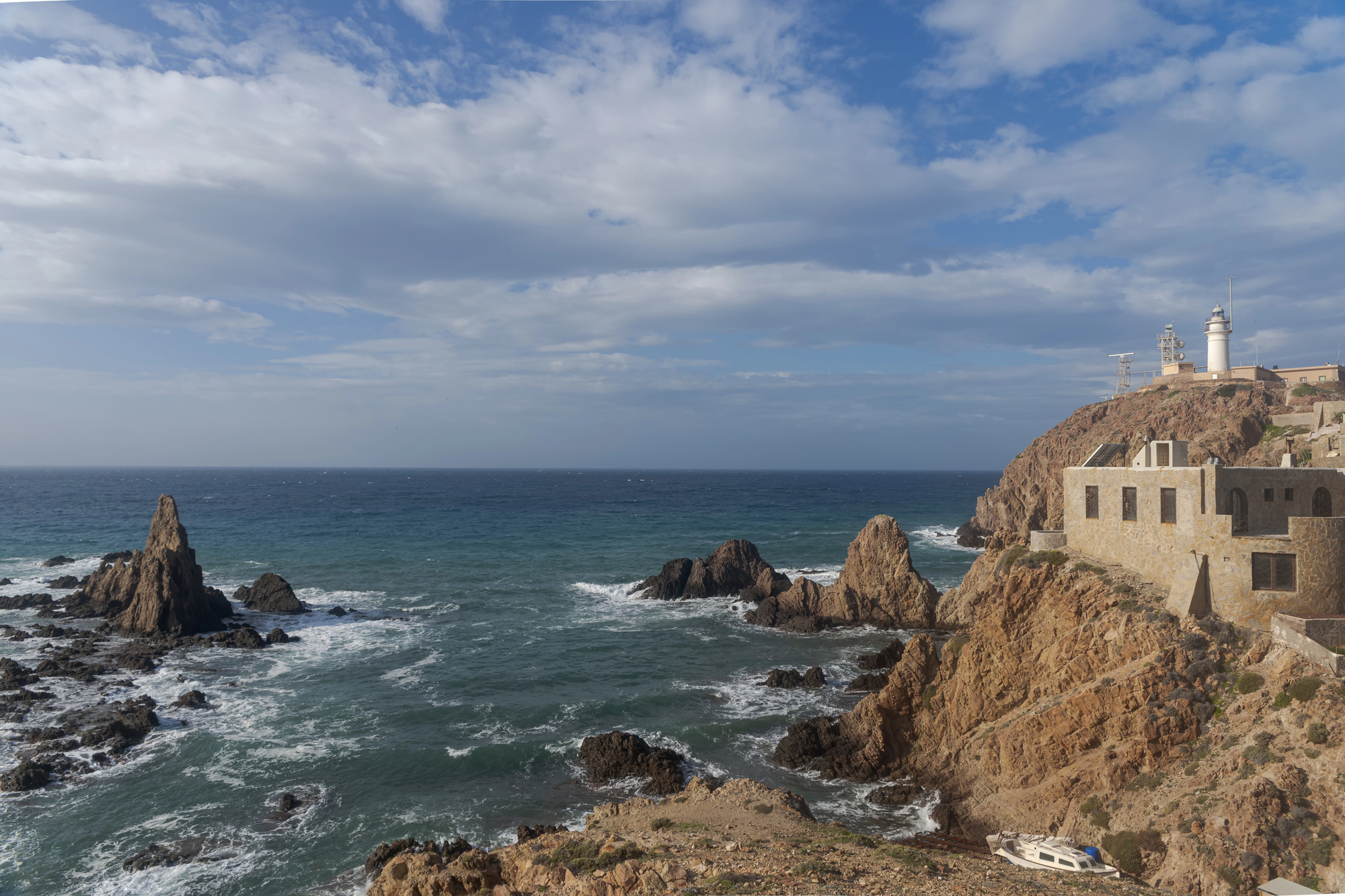
This wild, semi-arid nature reserve – Spain’s only true desert landscape – stretches along Andalucía’s southeastern coast with dramatic volcanic formations meeting the Mediterranean. Pristine beaches like Playa de los Muertos and Monsul remain blissfully undeveloped, their golden sands accessible only by foot paths that wind through sculptural rock formations.
The whitewashed village of San José provides a perfect base for exploring this rugged coastline, where flamingos wade in salt flats and abandoned gold mines create an almost otherworldly atmosphere.
La Alberca, Salamanca
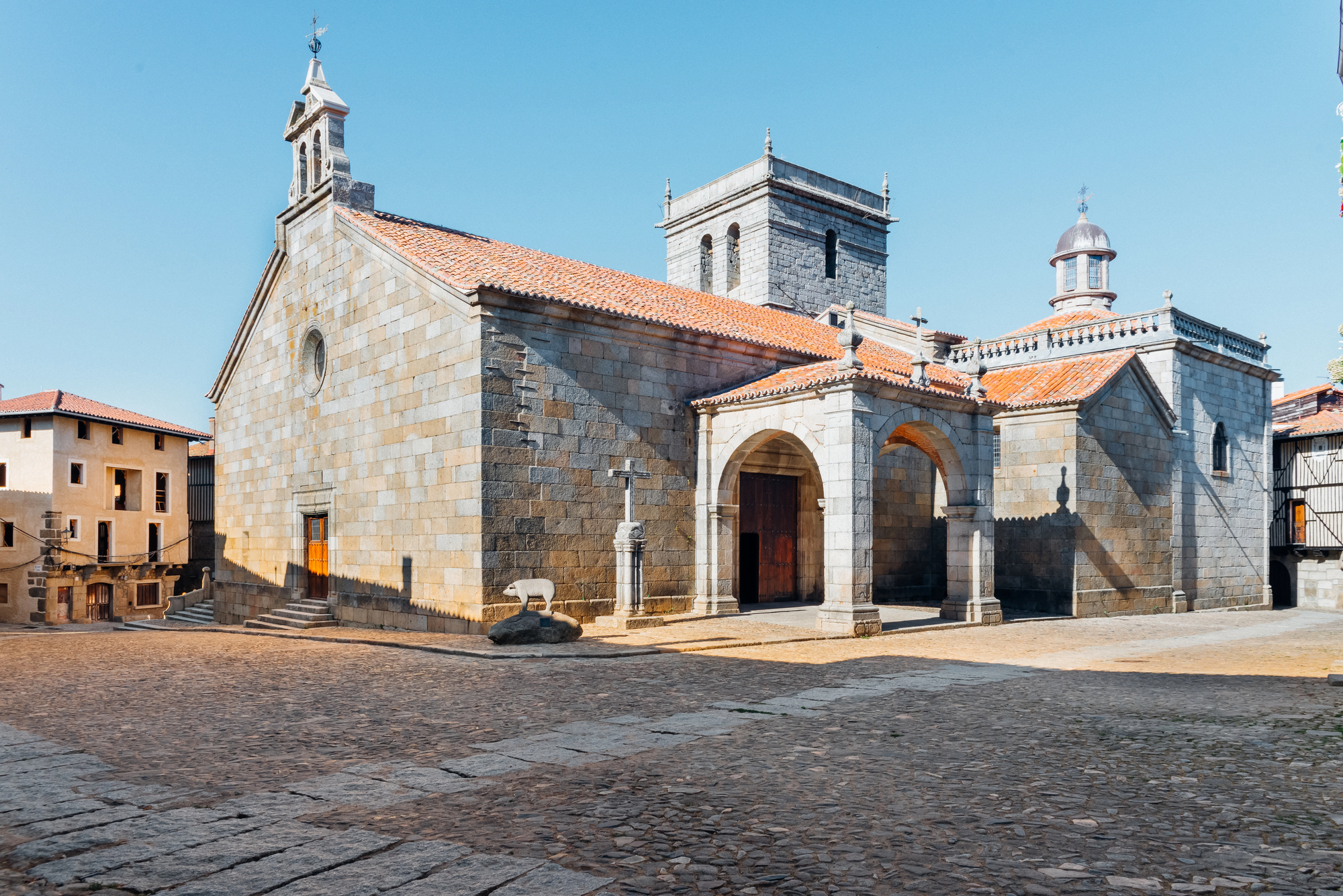
Frozen in time since the Middle Ages – this extraordinarily preserved village in western Spain features distinctive half-timbered houses with intricate wooden balconies overlooking narrow cobblestone streets. Local women still wear traditional dress for special occasions, while a communally-owned pig roams freely through the village before becoming the prize in a Christmas lottery dating back centuries.
The surrounding Sierra de Francia mountains offer spectacular hiking through chestnut forests where ancient pilgrimage routes connect isolated hermitages.
Cudillero, Asturias
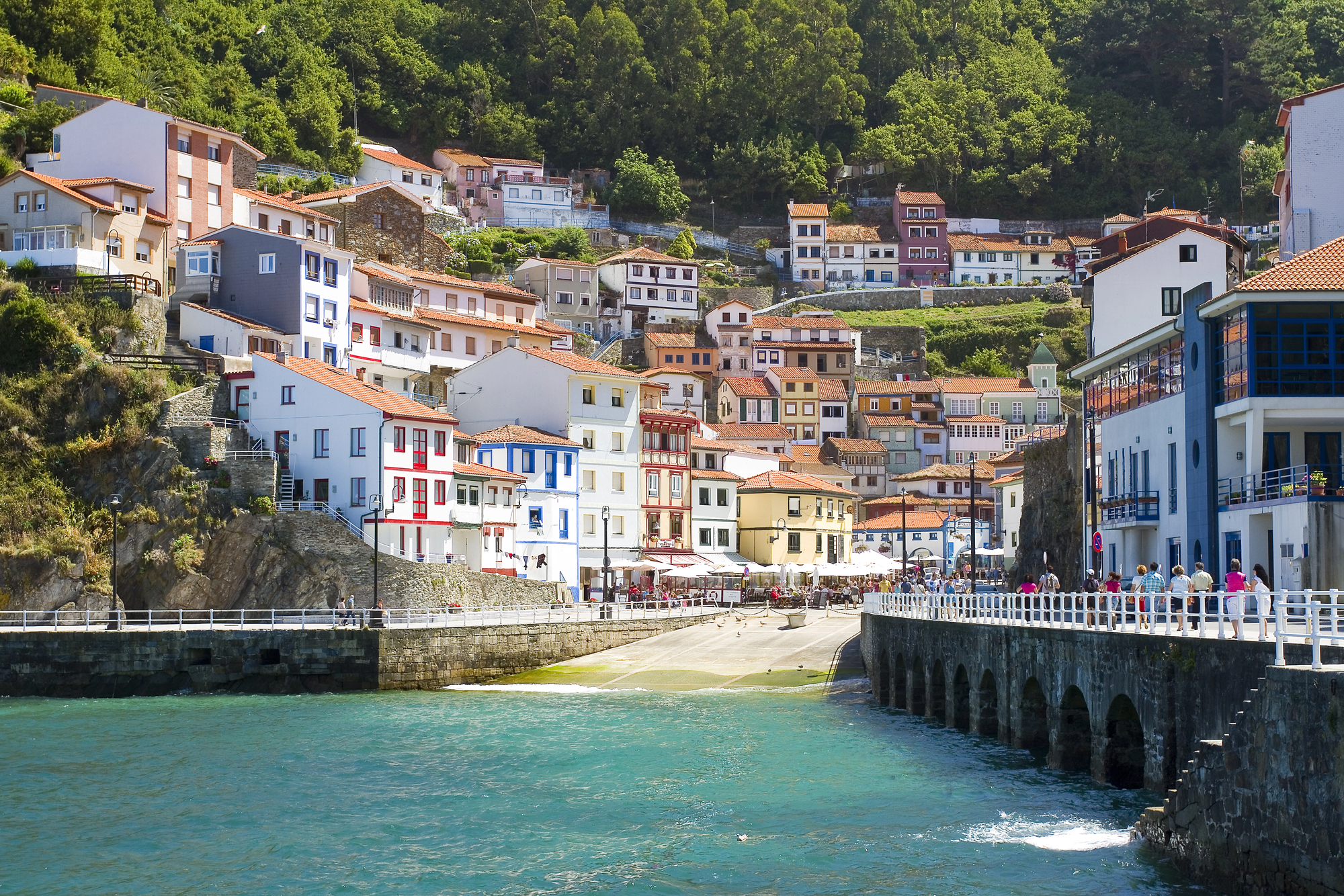
This amphitheater-like fishing village tumbles down a steep hillside to a tiny harbor where colorful boats bob in the gentle swell of the Bay of Biscay. Pastel-hued houses stack dramatically above one another, connected by a labyrinth of precipitous staircases and narrow passageways that open unexpectedly onto panoramic viewpoints.
Seafood restaurants clustered around the port serve the morning’s catch prepared according to recipes passed through generations of fishing families who maintain centuries-old maritime traditions.
Like Travel Pug’s content? Follow us on MSN.
Albarracín, Aragón
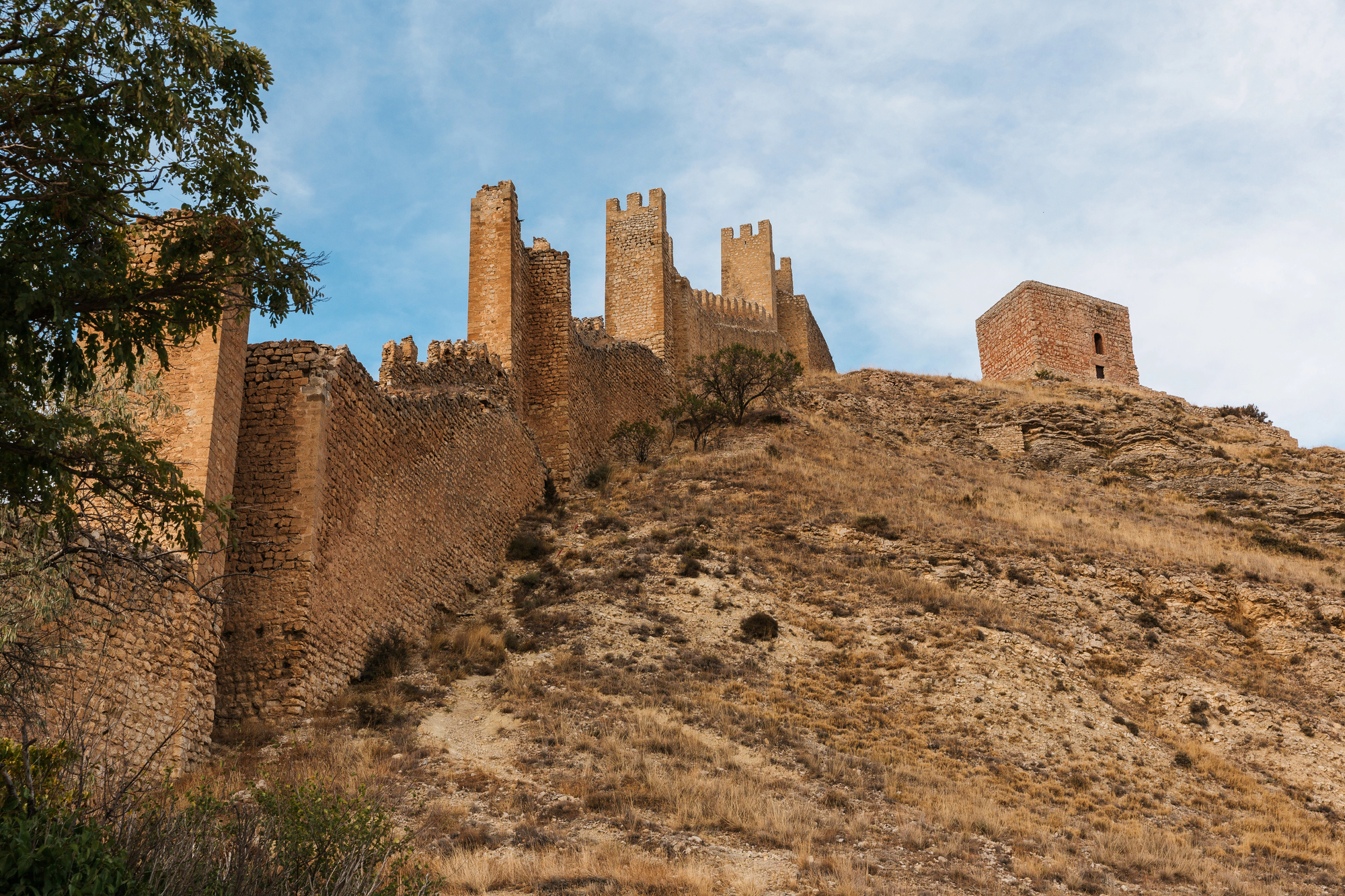
Perched dramatically on a rocky limestone ridge – this medieval town with distinctive reddish-pink buildings appears to grow organically from the surrounding cliffs. Impossibly narrow streets wind beneath wooden balconies almost close enough to touch across the passageways, creating an intimate atmosphere that transports visitors centuries back in time.
The formidable city walls climb precipitous slopes, offering breathtaking views across the river gorge to pine forests that stretch toward distant mountains.
Frigiliana, Málaga
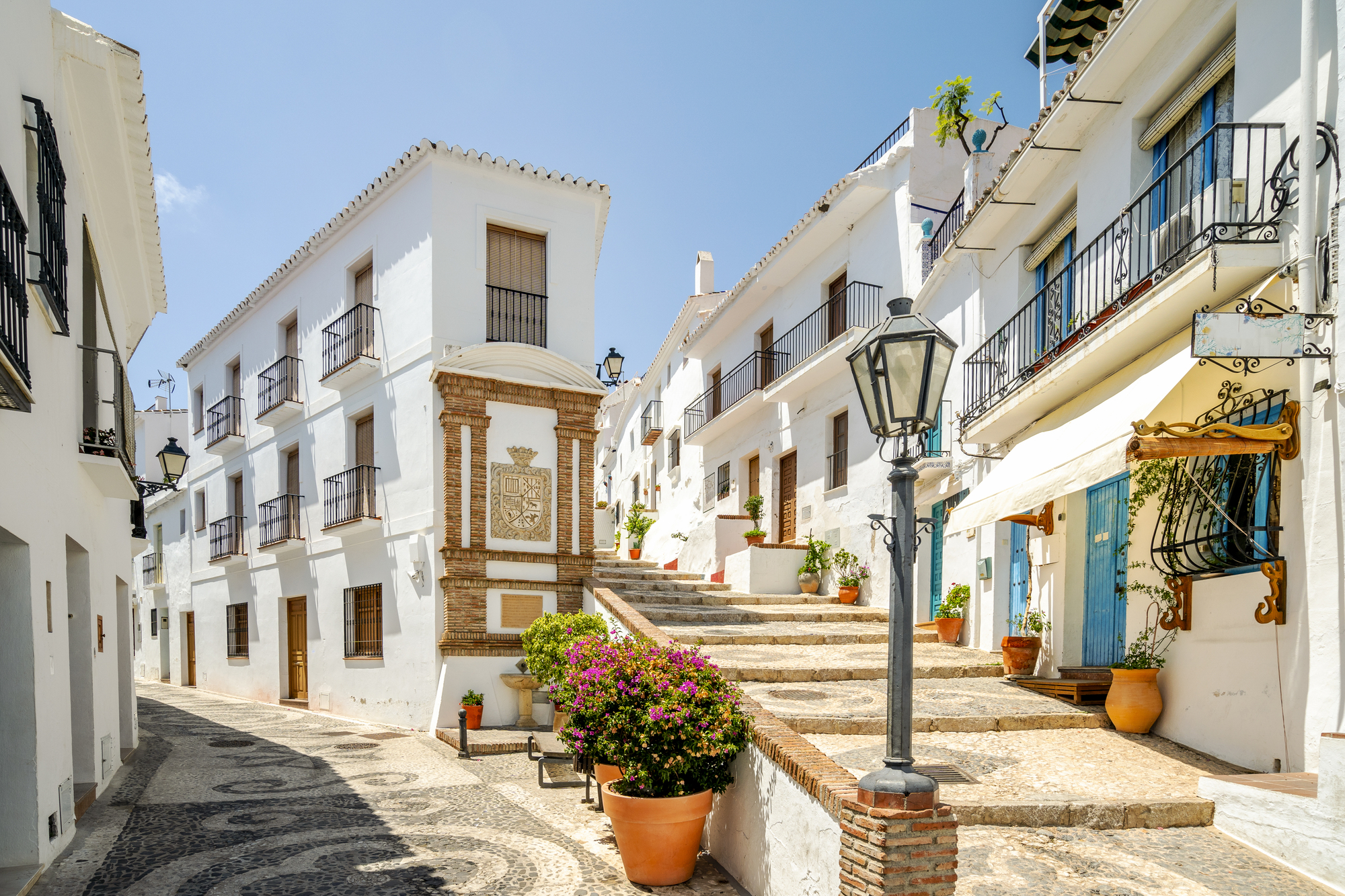
Gleaming white under the Andalusian sun, this immaculate village clings to hillsides above the Mediterranean, its Moorish heritage evident in the intricate mosaic walkways and distinctive cubic architecture. Geraniums cascade from blue-rimmed windows, creating brilliant splashes of color against whitewashed walls that reflect blinding sunlight into shaded corners.
Historic ceramic plaques narrate the village’s dramatic past as the final Moorish stronghold against Christian reconquest, a history celebrated annually with a festival featuring cuisine from both cultures.
Ochagavía, Navarre
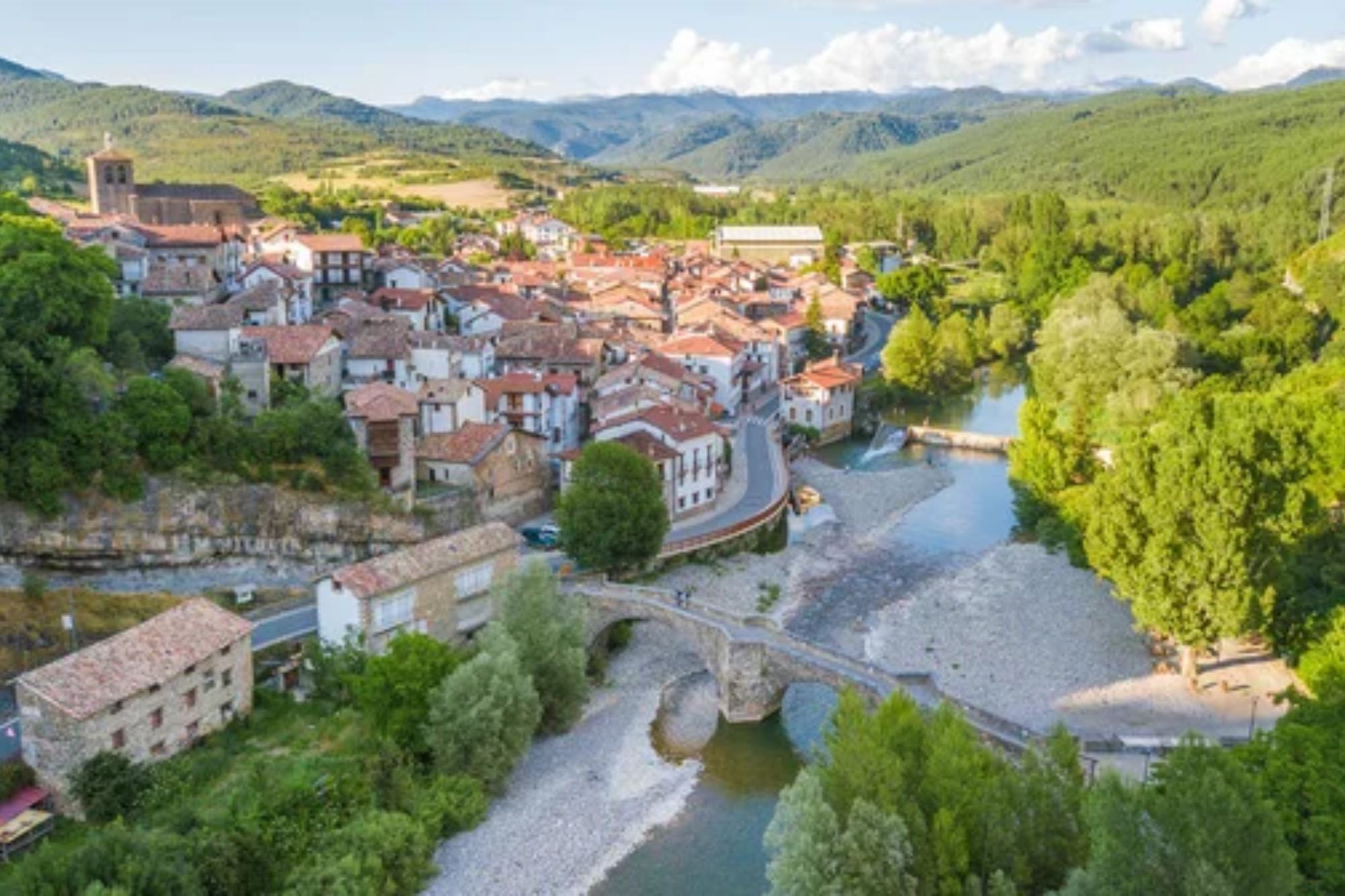
Nestled in the lush Salazar Valley near the French border, this stone village with distinctive slate roofs embodies the unique culture of Spain’s Pyrenean communities. Traditional wooden houses feature intricate carvings and enormous eaves that protect against heavy winter snows common at this elevation.
The nearby Irati Forest contains Europe’s second-largest beech-fir woodland, its pristine ecosystem offering encounters with wildlife, including the endangered European mink.
Like Travel Pug’s content? Follow us on MSN.
Baeza, Jaén

This Renaissance gem combines monumental golden-stone architecture with the everyday rhythms of an authentic working town largely overlooked by international tourism. UNESCO-protected palaces and churches showcase Spain’s 16th-century prosperity, their facades adorned with intricate plateresque details illuminated beautifully during golden hour.
The surrounding countryside produces exceptional olive oil from centuries-old groves, many offering tastings where visitors learn traditional production methods preserved through generations.
Combarro, Pontevedra
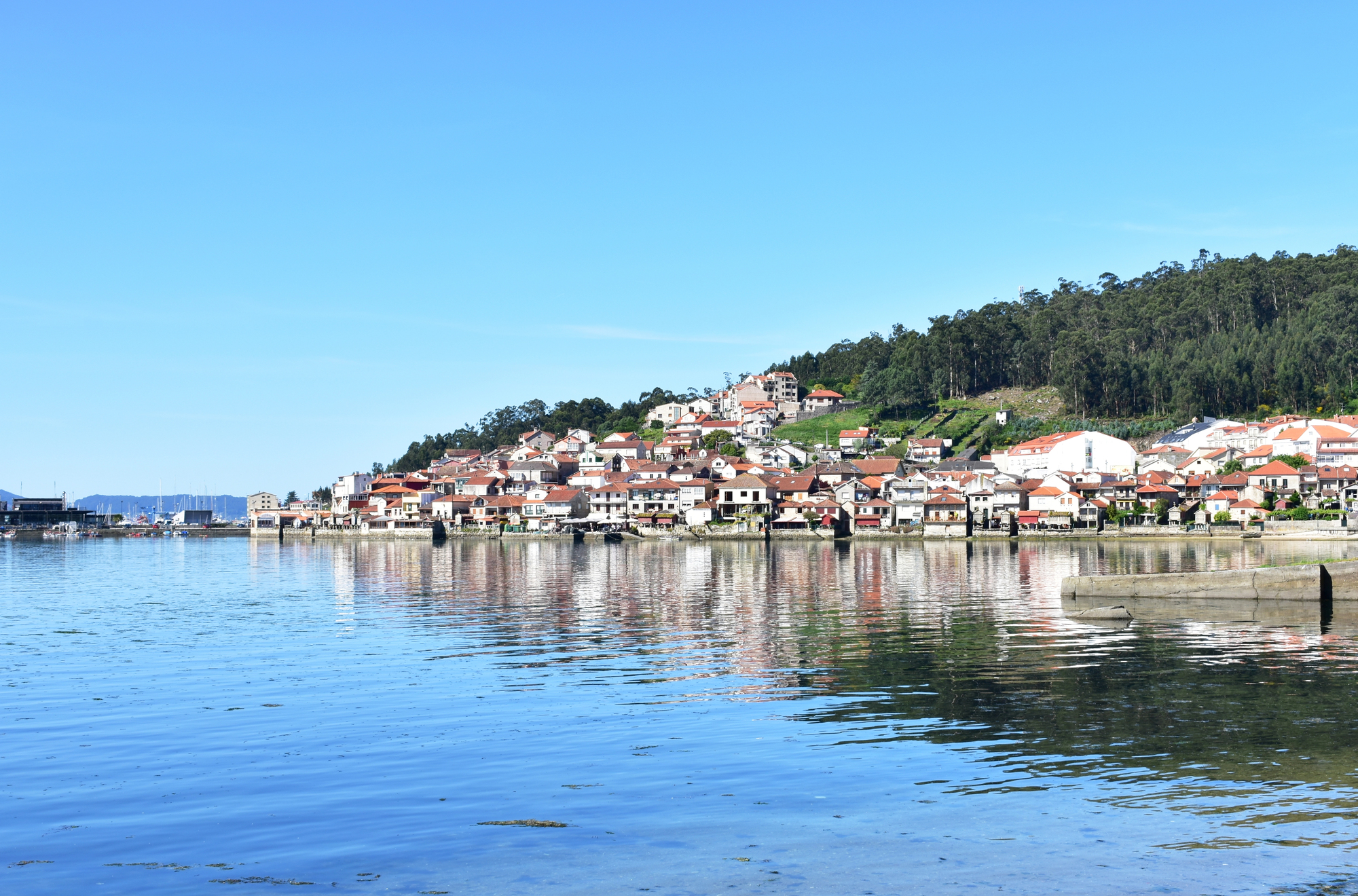
Famous for its unusual granite granaries – hórreos – built on stilts along the waterfront, this Galician fishing village maintains deep connections to both land and sea. Traditional stone houses with distinctive galleries face a bay where colorful boats mirror the community’s continuing reliance on maritime livelihoods.
Seafood restaurants serve pulpo á feira – octopus prepared with olive oil, salt, and paprika – alongside local Albariño wines produced just inland in the verdant Rías Baixas region.
Laguardia, Álava

This fortified medieval town crowns a hill above vast Rioja vineyards, its intact walls encircling a community where wine culture dates back to Roman times. Narrow streets reveal hidden tasting rooms connected to underground cellars excavated centuries ago, some extending several stories beneath historic family homes.
From the ancient walls at sunset, the Sierra de Cantabria mountains create a dramatic backdrop to patchwork vineyards where some of Spain’s most prestigious wines originate.
Like Travel Pug’s content? Follow us on MSN.
Fornalutx, Mallorca
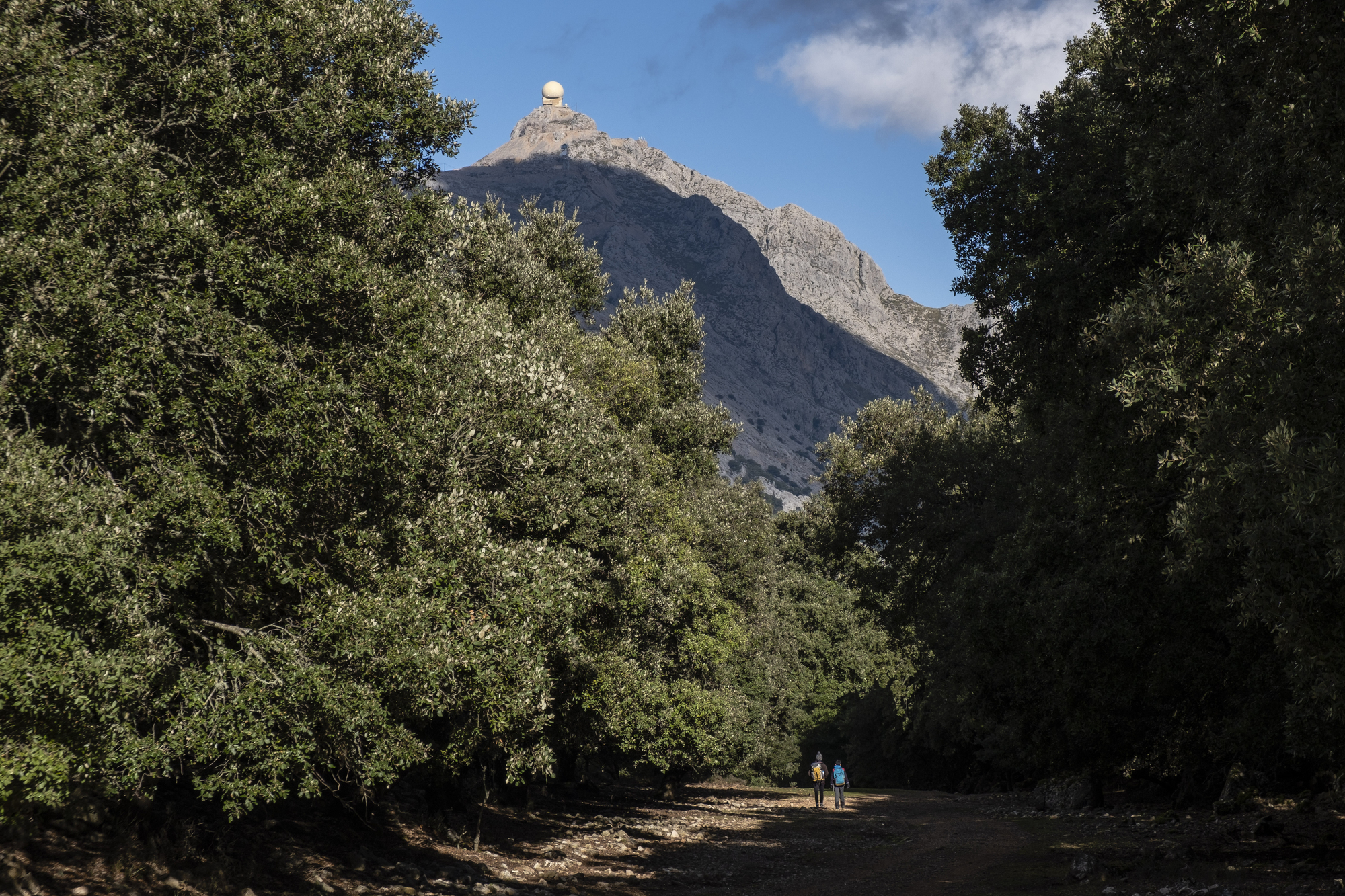
Often called Spain’s prettiest village, this stone settlement in Mallorca’s Tramuntana mountains offers a tranquil alternative to the island’s busy coastal resorts. Citrus terraces cascade down steep hillsides, their geometric patterns creating living agricultural sculptures dating back to Moorish times.
The village’s distinctive pink-hued stone houses with green shutters cluster around a central square where locals gather at cafe tables beneath the shade of ancient plane trees.
Almagro, Ciudad Real
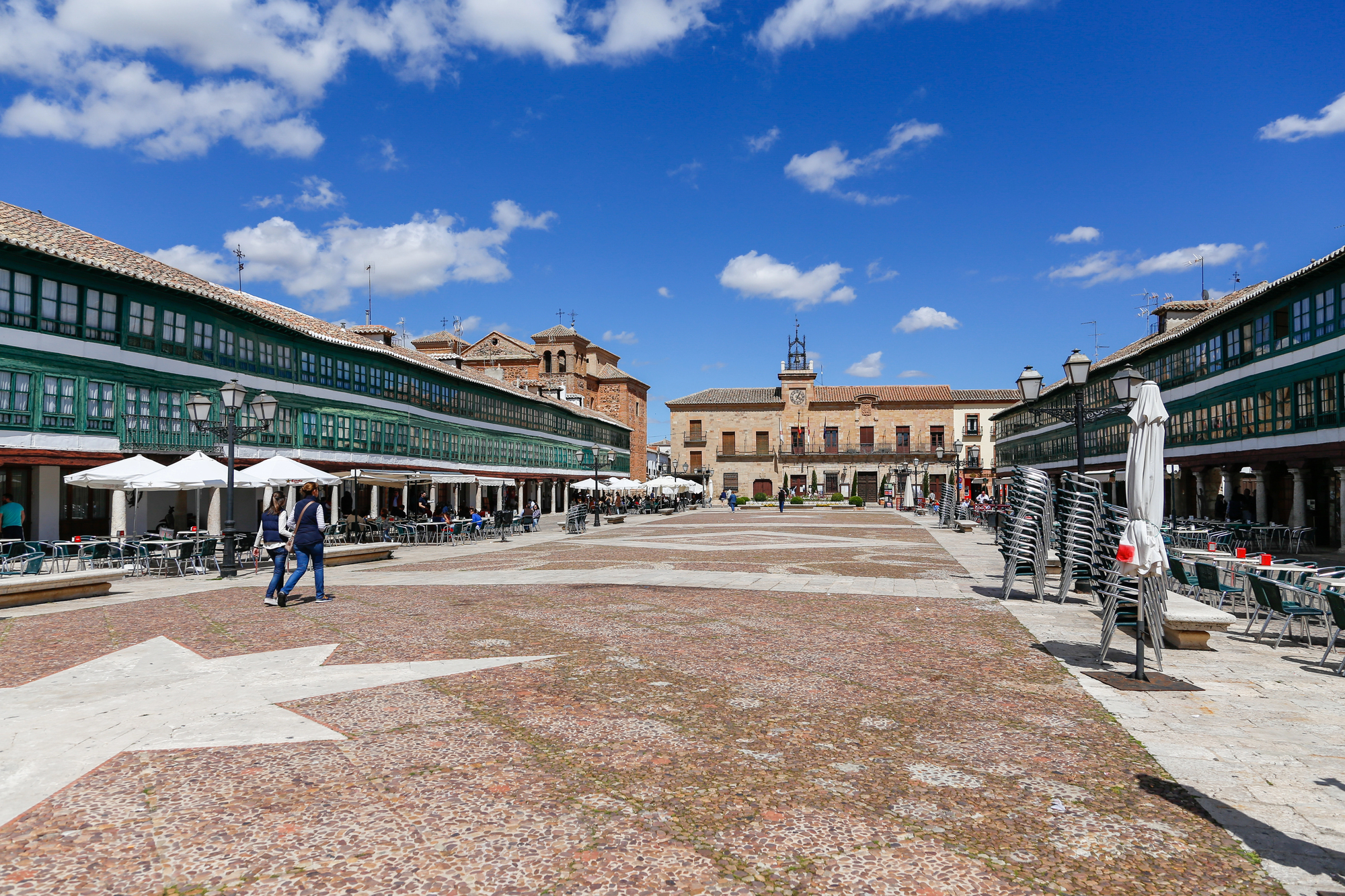
This inland town preserves Spain’s Golden Age theatrical traditions through its remarkable 17th-century corral de comedias – the only perfectly preserved open-air theater from this era. Traditional indigo-dyed architectural details adorn white facades surrounding the spectacular Plaza Mayor, where, ten days each July, the town hosts an international classical theater festival.
Local cuisine features distinctive Manchego specialties, including aubergines preserved in honey and berenjenas de Almagro – small pickled eggplants with a distinctive texture and flavor.
Lastres, Asturias
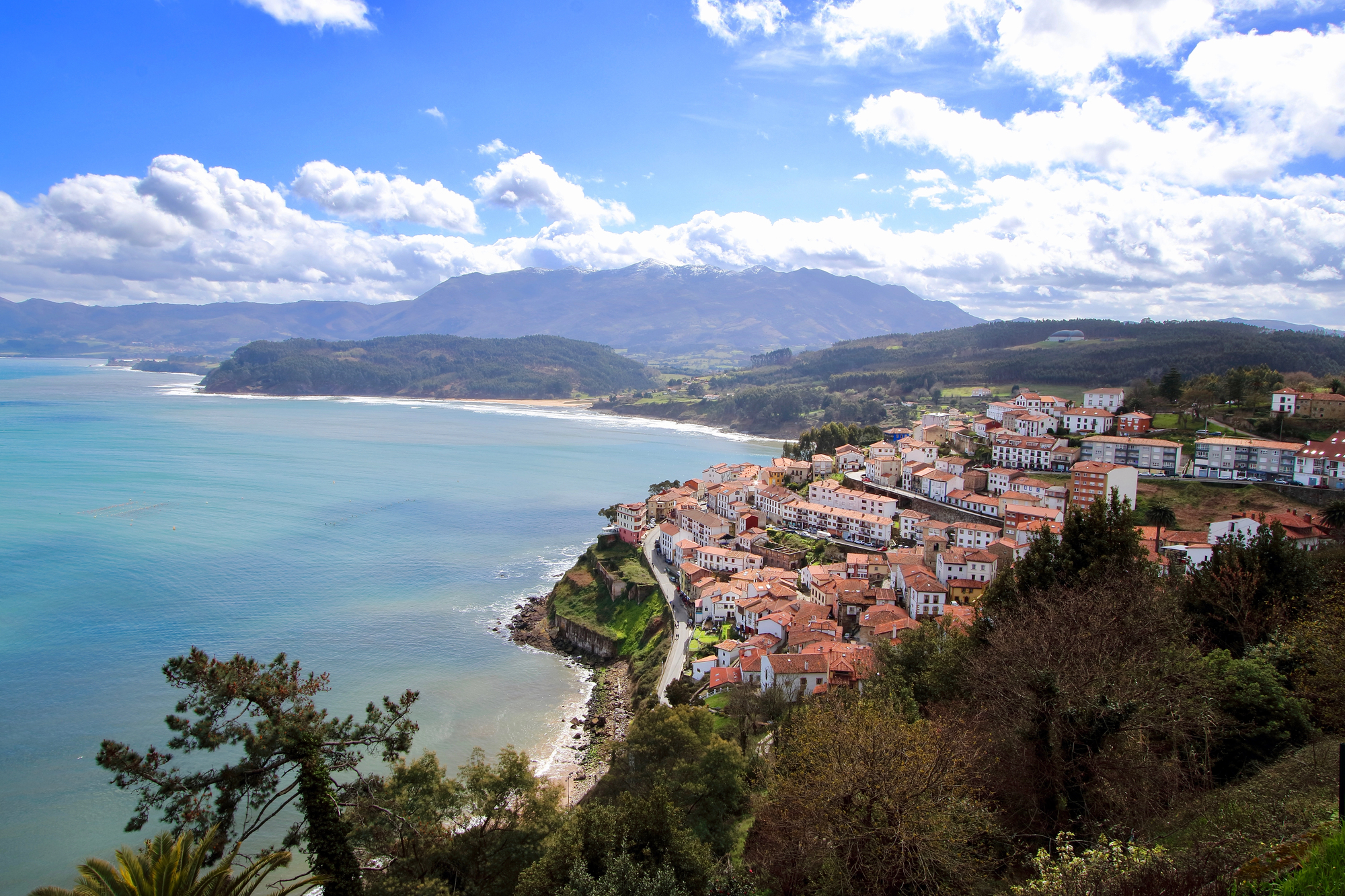
This fishing community tumbles down a steep hillside to a working harbor, its streets arranged in natural terraces offering magnificent views across the Bay of Biscay. Stone houses with distinctive wooden balconies and galleries face the sea that continues providing livelihoods for families who have fished these waters for generations.
The nearby Jurassic coastline features remarkable dinosaur footprints preserved in rocky beaches, creating natural paleontological exhibits that complement the area’s unspoiled natural beauty.
Like Travel Pug’s content? Follow us on MSN.
Zahara de la Sierra, Cádiz
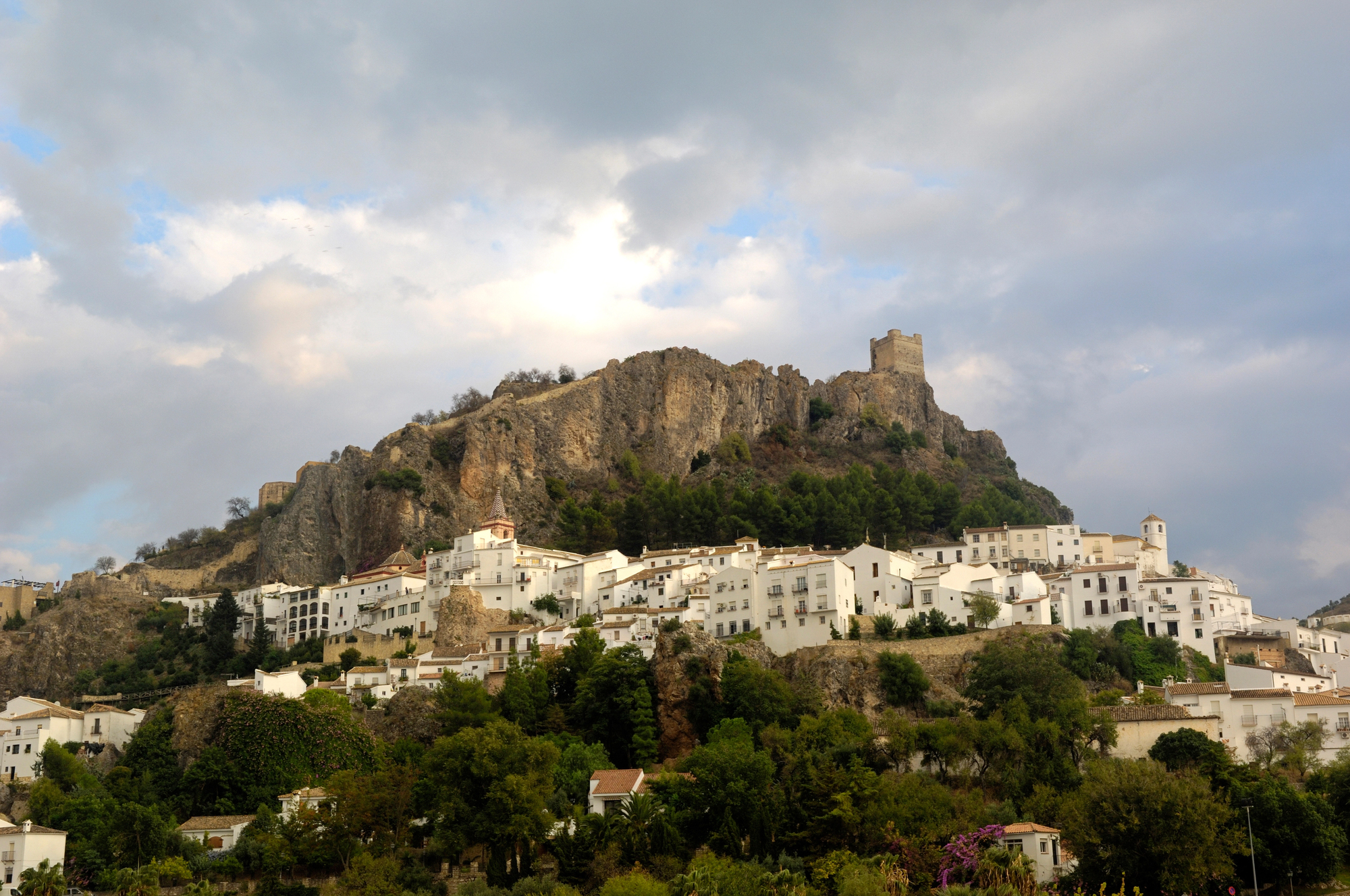
Crowning a vertiginous rock outcropping – this white village appears to float above a turquoise reservoir created by damming the Guadalete River. The Moorish fortress at its peak provides spectacular panoramic views across olive groves and the surrounding Grazalema mountains, home to Spain’s southernmost cedar forests.
Traditional houses cascade down impossibly steep streets toward the azure waters below, creating postcard-perfect vistas that change dramatically with the quality of Andalusian light throughout the day.
Anento, Zaragoza
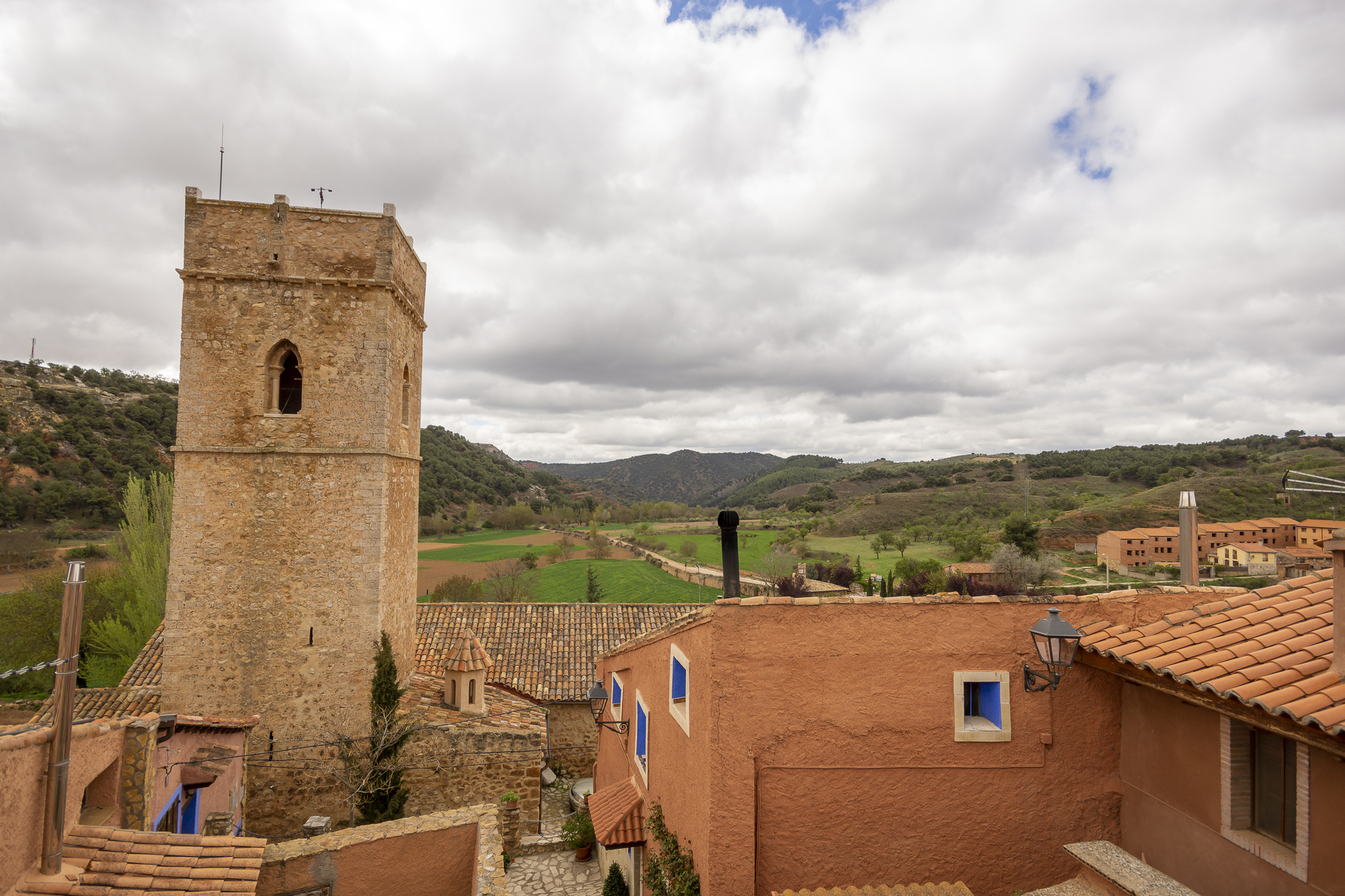
This perfectly preserved medieval village, centered around a remarkable 13th-century fortified church, remained virtually forgotten until recent preservation efforts brought subtle revitalization without commercialization. An ancient communal washing area – lavadero – continues functioning as both a practical facility and a social gathering place for village women.
The spectacular nearby Aguallueve ravine features unusual geological formations where water seemingly weeps from rock walls, creating hanging gardens covered with delicate maidenhair ferns.
Pedraza, Segovia

This immaculately preserved walled town transports visitors to imperial Spain through its uniform medieval architecture surrounding a magnificent colonnaded main square. On summer nights, thousands of candles illuminate the village during the annual Concierto de las Velas, when classical music performances unfold in courtyards and plazas lit exclusively by flickering flames.
The nearby Hoces del Río Duratón Natural Park offers dramatic limestone canyons where vultures soar above crystalline waters popular with kayakers seeking wilderness solitude.
Like Travel Pug’s content? Follow us on MSN.
Beyond the Beaten Path
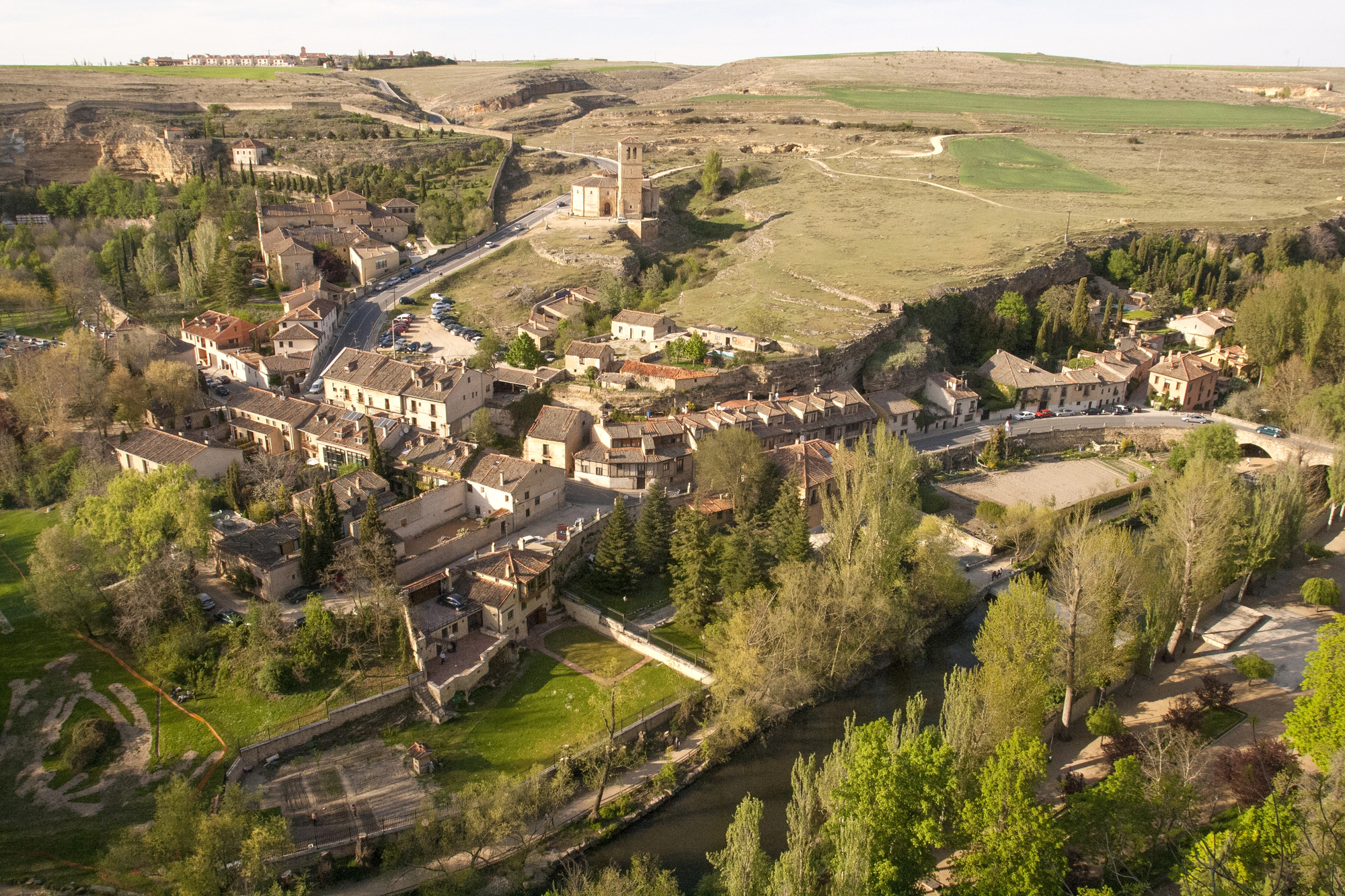
These lesser-known treasures represent the multifaceted character of Spain beyond familiar postcard images. Their authentic charm emerges from genuine cultural continuity rather than tourism-driven preservation, offering visitors meaningful encounters with communities maintaining traditional ways of life.
Exploring these overlooked corners rewards travelers with rich experiences that connect them to Spain’s diverse regional identities, complex history, and enduring cultural landscapes rarely glimpsed by those who follow conventional tourism routes.
More from Travel Pug

- Cities Growing so Fast You Won’t Recognize Them in 10 Years
- 13 Destinations Where Tourists Regularly Regret Their Trip
- 16 U.S. Cities That Are Quietly Becoming Travel Hotspots
- Where to Travel If You Love Long Bus Rides and Daydreams
- 20 Cities Perfect for Solo Travelers Who Crave Adventure & Culture
Like Travel Pug’s content? Follow us on MSN.
